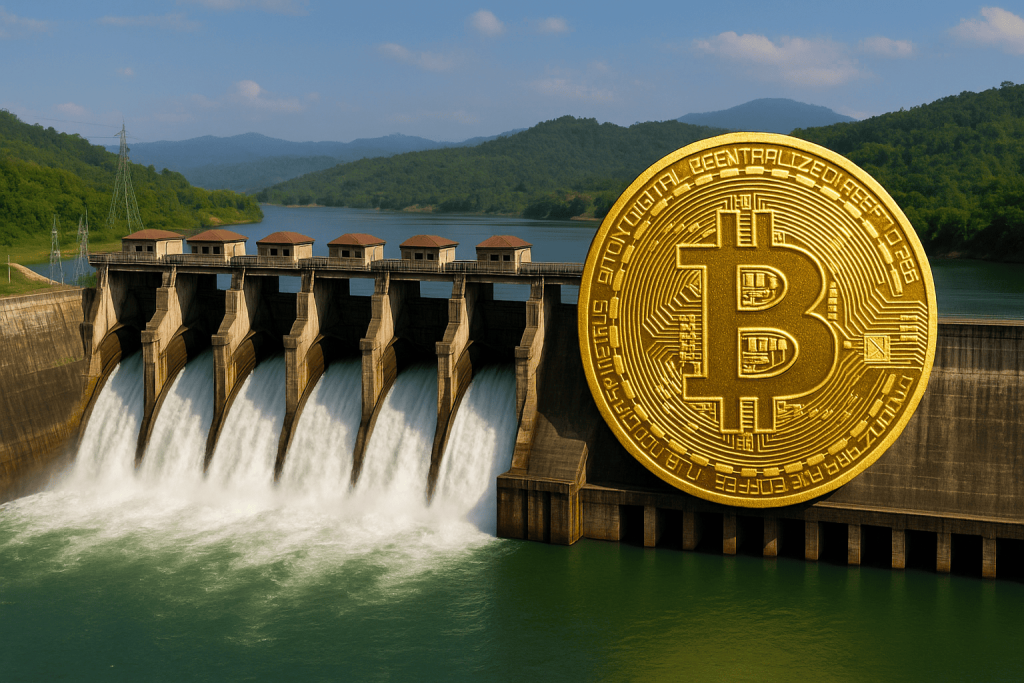
Laos, long known as the “battery of Southeast Asia,” has built dozens of hydropower dams across the Mekong River and its tributaries in recent decades. This ambitious infrastructure build-out has left the country with two intertwined challenges: soaring debt from financing dam projects, and more electricity generation capacity than can be sold or used locally. Now, the Lao government is exploring a plan to use that surplus power to mine cryptocurrencies—primarily Bitcoin—as a way to monetize excess energy and help pay down its accumulating liabilities.
Electricity already accounts for a significant share of its export income, and hydropower remains one of the most efficient energy sources in Laos. However, the region often struggles with transmission bottlenecks, seasonal variability in water flow, and limited infrastructure to store or redirect excess power. By channeling surplus energy into mining, the government sees a route to convert what would otherwise be wasted capacity into financial returns. Still, the venture raises complex questions: what about environmental trade-offs, future energy demand, regulatory impact, and the potential for power shortages?
For Laos, the opportunity is real—but so are the risks. Successful crypto mining depends heavily on low electricity costs, reliable grid stability, and favorable regulatory frameworks. If water levels drop, or if demand inside Laos grows faster than planned, exporting or mining profits may be undercut. Moreover, global crypto markets remain volatile; earnings can swing wildly with Bitcoin’s price and mining difficulty shifts. For now, using hydropower surplus for mining offers Laos a novel lever: an economic tool that could help service dam debt—if managed well, with foresight, and with safeguards for energy equity and environmental impact.
